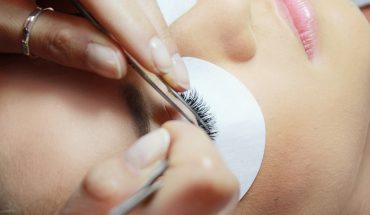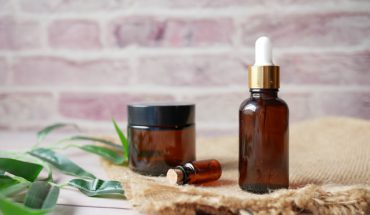Those who have ever tried to dye their hair know how difficult the task is. The colour from the box always differs from the one that appears on the hair. Sometimes, the hair does not absorb the dye at all. The resulting colour fades quickly? What do you need to know about colour-treating to avoid such struggles?
Colour-treating is a complex process that involves not only changing the shade of your hair. Currently, dyeing is more of a way to add dimension and depth that is missing when the strands are dull and dry. The safest solution is a visit to a hair salon, where stylists have more skills and experience, and also have better colouring products. However, if you are getting ready to do it at home with a box dye, you should at least have basic information about this procedure.
WHAT IS HAIR COLOUR-TREATING?
How does it work? It is said that it is a procedure of changing the hair shade permanently with the proper dye. One might think that a hair dye works similarly to the paint used for wall-painting – it simply covers the strand with colour. NO! In this case, it wouldn’t be such a problem getting the right shade.
During the hair colour treatment, the natural hair properties connected with its structure are used. The key here is the hair porosity, or in other words its condition. Each hair is made of a bulb and stem, an outer layer made of keratin scales arranged like tiles on the roof. These scales can be raised or overlapping. Healthy hair has them tightly bound to the stems, and in the case of damaged hair, the scales are raised or there might be gaps and holes in the cuticle (that’s when we are talking about high porosity).
What has hair porosity to do with colour-treating?
As a matter of fact, a lot! Dyeing is nothing else but placing the pigment hat permanently stains the interior of the hair. In order to do that, the scales must be lifted – it makes it easier to penetrate the dye inside through the pores (empty spaces between the scales). After waiting for the right time, wash out the hair and apply a special conditioner. This is an important step! The ingredients contained in this product close the scales, restoring the hair’s smoothness and proper pH, as well as preventing colour from fading. There is one principle to follow when it comes to post-dyeing hair care – to ensure proper condition of the hair and not allow the porosity to increase.
Why is it forbidden to dye damaged hair?
Damaged hair should not be subjected to colour-treating because their scales are already lifted. Applying a dye my result it damaging it completely. Additionally, hair in such a bad shape could absorb too much dye and the effect could be different than expected. Also, it will last longer because the colour will be rinsed through the gaps and holes in the cuticle. Therefore, restoring hair’s great condition is the key step to enjoy beautiful and healthy hair. Regenerate and strengthen, then dye.





